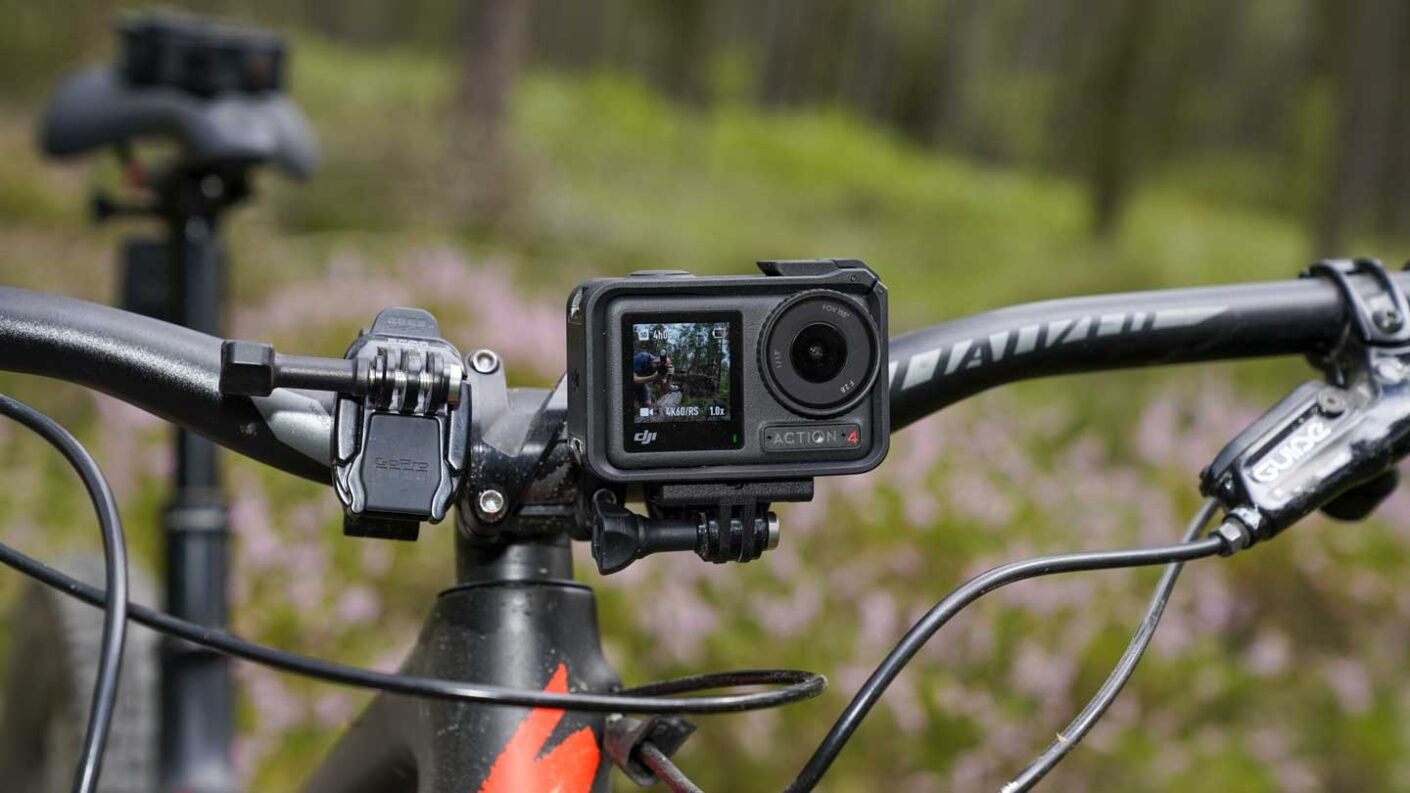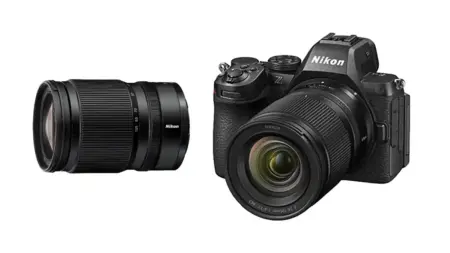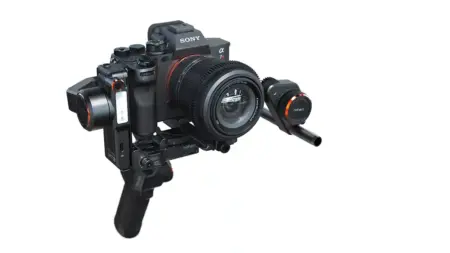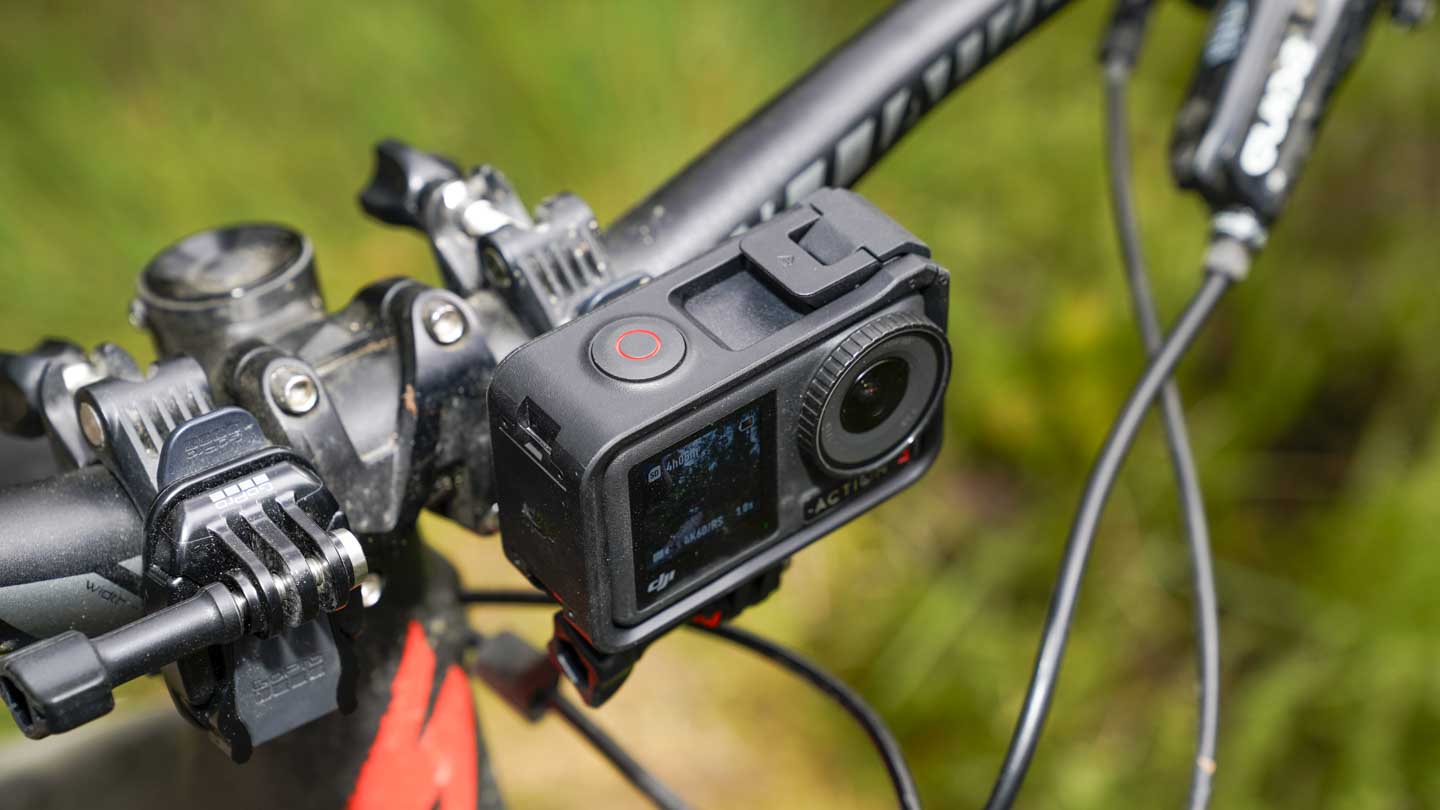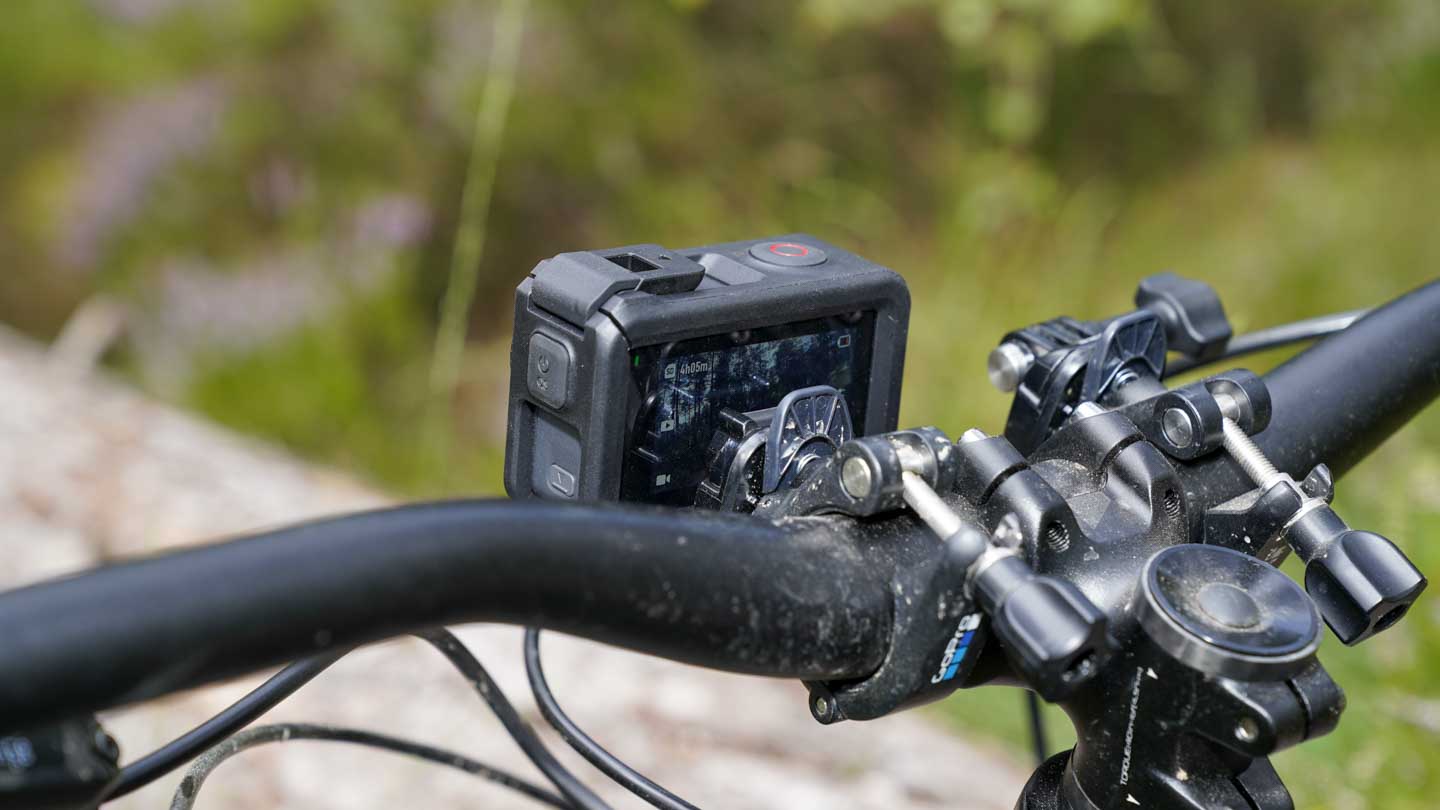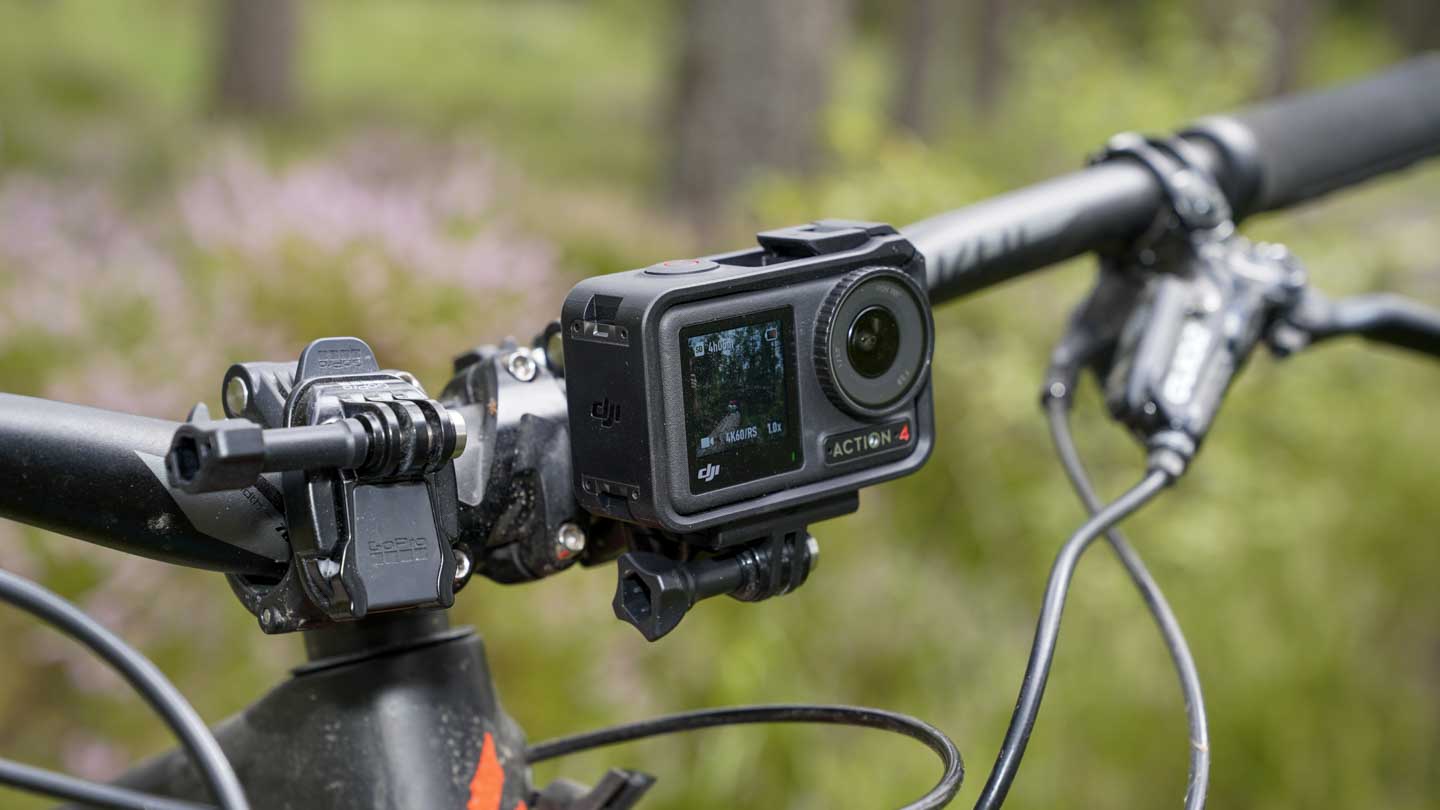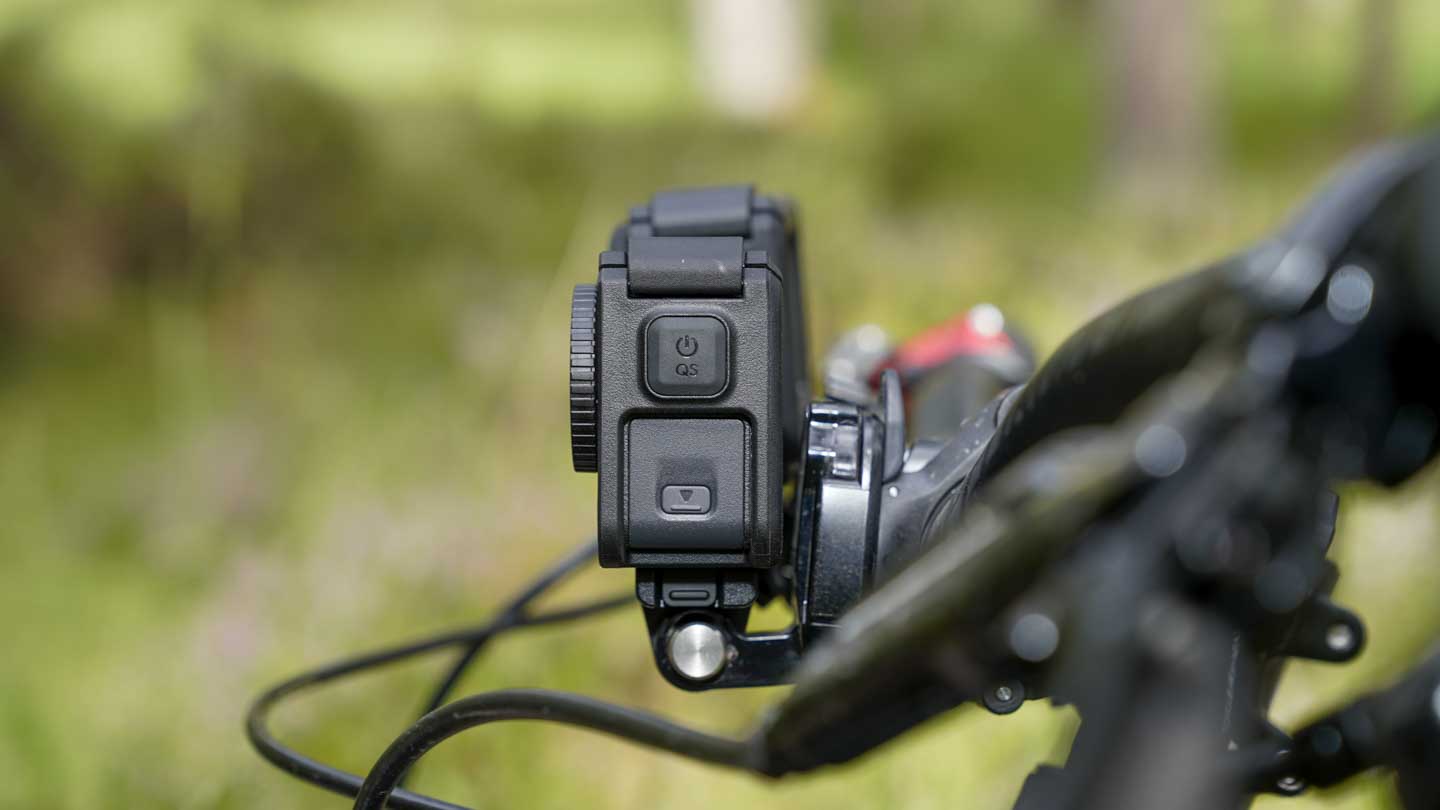It’s a little under a year since the release of the phenomenal but underrated DJI OSMO Action 3, and now the DJI OSMO Action 4 has arrived.
In the DJI OSMO Action 3, we saw a return to the more familiar GoPro-like shape which DJI had departed from with their innovative OSMO Action 2. While the Action 3 should have hit the ground running, it went head-to-head with the GoPro Hero 11 Black on release. Never a good thing, so the launch was somewhat drowned out by the noise of the more established brand
Sensibly, this time around, DJI has opted to launch the OSMO action well ahead of the competition, and while little at first looks to have changed under the surface, this is a very different camera.
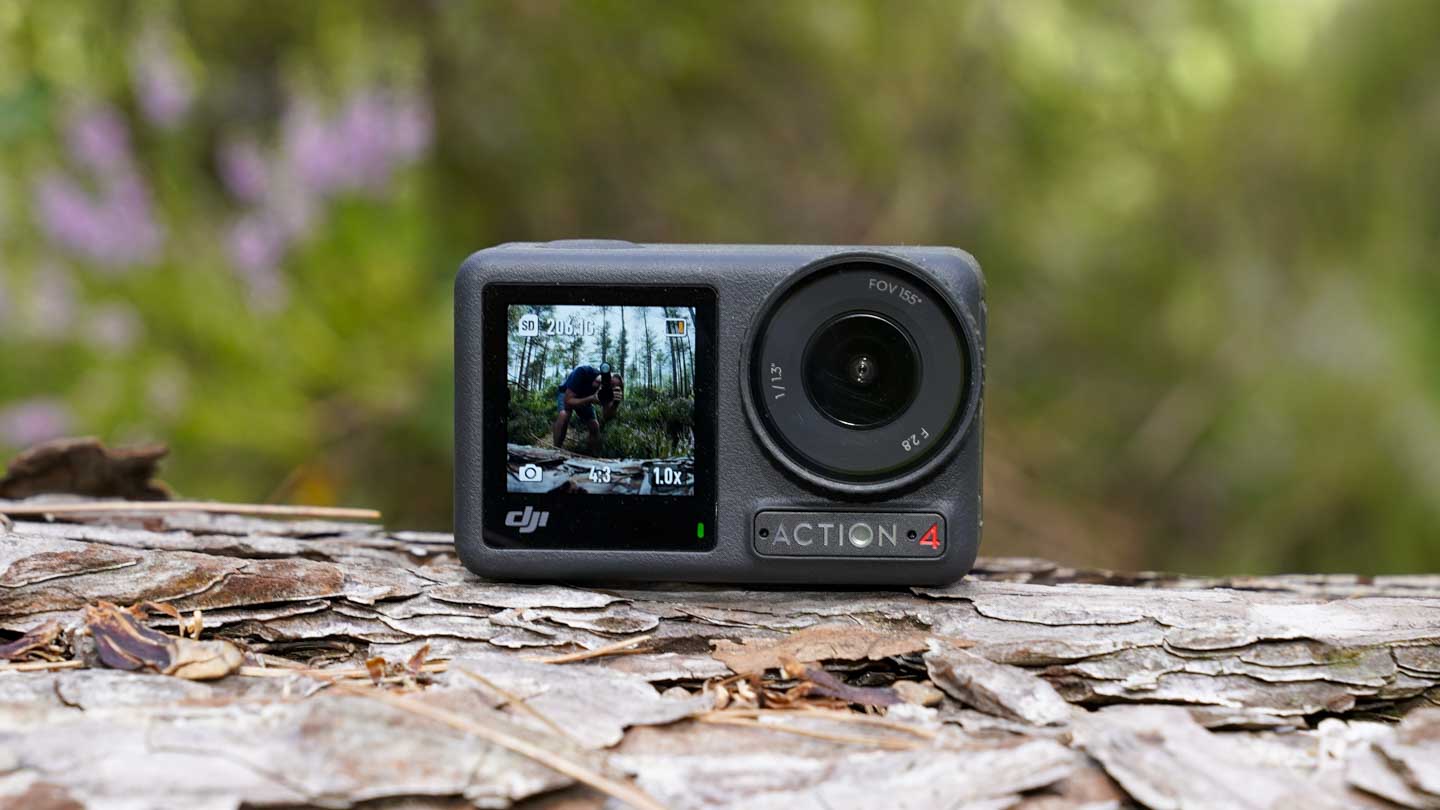
The DJI Osmo Action 4 brings powerful features to compete with the GoPro Hero11 Black, emphasising exceptional video quality, improved battery life, and advanced stabilisation options with RockSteady 3.0 and 3.0+.
The camera’s robust design again ensures durability in extreme conditions. The now familiar touchscreen interface on the back makes the Osmo Action 4 easy to operate. Then there’s the front-facing screen that assists with the usability for selfies and settings adjustments. The vertical mounting is a nice option but requires the cage to do so again. Still, it adds versatility. Key features include a 1/1.3-inch sensor, 155º f/2.8 lens, 4K at 120fps and 1080p at 240fps and 10-bi D-Log recording capabilities.
As the camera takes a step up in quality with that larger sensor, more enthesis is focused on combining the new OSMO Action 4 and the AI-powered LightCut software that enables a far smoother and hassle-free way of editing and preparing video footage.

